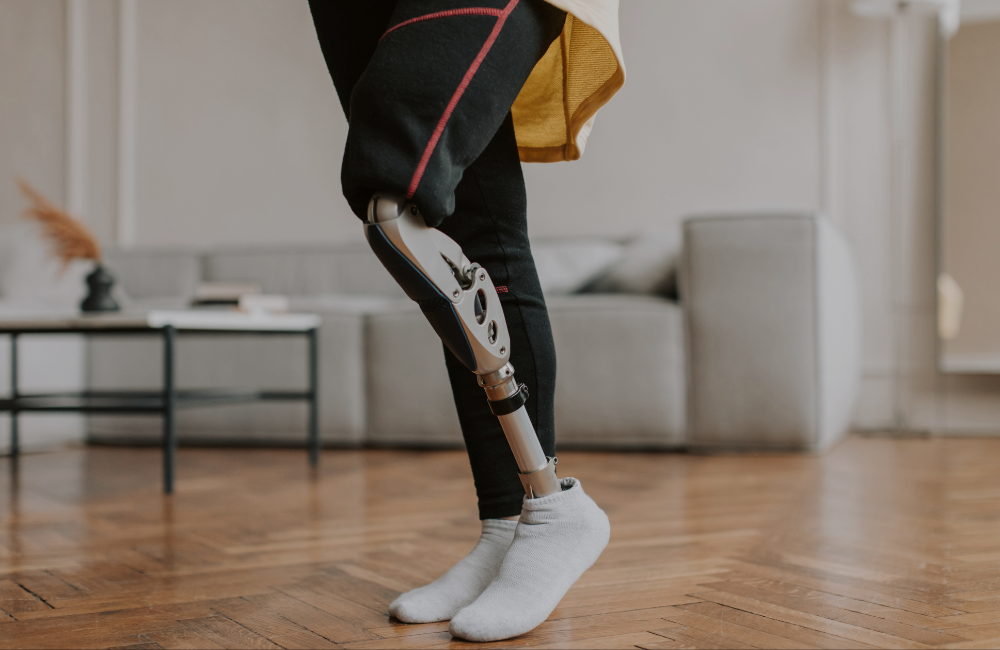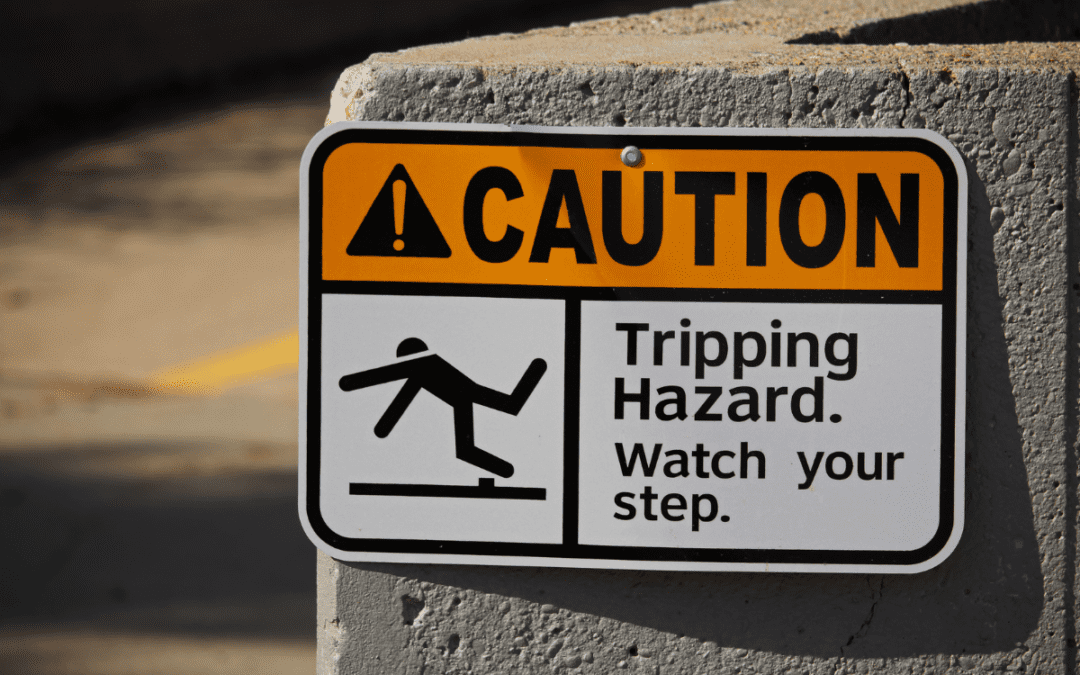Six of the Most Common Catastrophic Injuries Requiring Legal Aid
In personal injury law, lawyers make a wide variety of nuanced distinctions regarding the severity of an injury and the type of settlement that the courts consider reasonable for each scenario.
Minor injuries typically result in smaller settlements, whereas catastrophic injuries can be life-altering, sometimes to the point where they are so debilitating that they permanently alter a person’s life for the worse. As a result, catastrophic injuries typically require a larger settlement and more compensation.
Before retaining the services of a personal injury attorney, you must first consult with your primary care physician and any other medical specialists who are managing your condition. This will allow the attorney to have a better understanding of the specifics of your injury and the degree of its severity. Catastrophic injury lawyers are well versed in this field.
In the context of the law, the term “catastrophic injury” refers to any illness or physical injury regarded as extreme by medical professionals or that is particularly serious and has the potential to impact the victim’s well-being throughout their lifetime significantly. Although not all catastrophic illnesses end in death, many of them leave the victim permanently disabled.
Some injuries have a long-term prognosis that is more or less known, such as losing a limb, which frequently necessitates using a prosthesis. However, the severity of some injuries, such as spinal cord injuries, is not known until after a certain amount of time has been spent participating in physical therapy.
There are numerous events that can result in a catastrophic injury and many catastrophic injury examples; however, the events themselves do not determine whether or not an injury is catastrophic. One can only make that decision after careful consideration and deliberation by a trained medical professional. Someone who has suffered a life-threatening injury has a reasonable expectation of receiving compensation for whatever losses they have sustained as a direct result of the incident.
The compensation that courts grant for each case is frequently determined by the nature of the injury sustained and the specific circumstances surrounding the claim. In most cases, this will consist of any missed wages or loss of future income, as well as any medical expenses and other expenses incurred due to the accident.
The ultimate purpose of punitive damages is to ensure that the party responsible party is held accountable and that the victim can continue their life relatively peacefully despite the injuries. So, what are some examples of injuries considered to be catastrophic?
Spinal Cord Injuries
This kind of damage frequently results in some degree of paralysis, whether partial or complete, as well as perhaps causing issues with the circulatory and respiratory systems. In addition, spinal cord injuries can lead to various neurological conditions, including chronic pain, loss of control over bowel and bladder functions, muscle spasms, and exaggerated reflexes.
Traumatic Brain Injuries
Any damage to the brain, no matter how slight, can have significant consequences. However, a traumatic brain injury can cause a loss in cognitive function that is frequently permanent and atypical language and speech patterns. Those who have experienced brain injuries may struggle with their emotions and have difficulty moving their limbs or expressing themselves when required. In addition, brain trauma can result in aneurysms, mental deficits, and various other conditions.
Eye Injuries
An individual accustomed to being able to see adequately to work usually may find the loss of eyesight that results from an injury heartbreaking. In most cases, relearning how to live one’s life as a blind individual, learning braille, and moving around without the capacity to see, as well as other occupational behavior training to guarantee that they can get by even without vision, is required when a person loses their sight. The inability to continue working at one’s prior employment without making adjustments, the loss of the ability to drive, and the inability to participate in a range of other activities that allow one to maintain their independence are expected consequences of a decrease or loss of eyesight. Even while many people with visual impairments can live independent lives, this accomplishment is typically achieved only after considerable education and treatment.
Burn Injuries
Suppose the burn sufferer is not given the appropriate treatment. In that case, the burn victim puts themselves at risk of a severe infection, resulting in the loss of a limb, permanent disfigurement, and permanent disability. Burns of a severe nature can render a victim permanently unable to function, which is one of many outcomes that are contingent on the location of the burn and the degree to which it covers the body. Burn victims who suffer disfigurement of the face or body or loss of physiological function due to their injuries can experience emotional distress and life-changing consequences.
Organ Loss or Injuries
Catastrophic injuries can also involve the death of an organ or the permanent impairment of an organ, typically the result of a car accident or severe impact. In addition, internal injuries like internal bleeding are life-threatening, and organ injuries like a ruptured spleen, the loss of a kidney or part of the liver, or the bowels often require a lot of rehabilitation to learn how to live without them. In addition to the medical care that is needed to treat the condition.
Loss of Limbs
Losing a limb is traumatic under any condition, whether from illness or an accident. When a victim loses a limb in an accident, the sudden nature of it often results in significant emotional challenges as well as physical challenges relearning to do for yourself without the limb. This requires help from family and friends to adapt, leaving the victim feeling somewhat helpless and frustrated. Emotional therapy is also usually needed when a limb is lost, as one’s body is typically a part of one’s identity.
When to Seek Legal Help
Catastrophic injury resulting from someone else’s recklessness or carelessness can be a difficult emotional minefield to navigate, and these catastrophic injury examples are not the only ones. Any injury that results in the need for long-term medical attention, hospitalization, the inability to work, or even worse, the inability to care for oneself, has the potential to have a profound effect on a person’s life; in some cases, this impact has been so significant that it has led individuals to consider ending their own lives.
Depending on the scope of your health insurance coverage, if any exists at all, the cost of daily care and medical bills might put a family in the position of having no stable financial footing. There is also the possibility that long-term medical conditions will develop over time, despite the fact that they may not be readily apparent at the time of the accident. One example of this is that spinal cord injuries can cause breathing problems, even if they don’t show up immediately.
Because our legal practice is concerned about the health and happiness of our clients, we believe that those who have been seriously injured due to another person’s carelessness should receive compensation for their ordeal.
Our lawyers have extensive knowledge of personal injury law and are standing by to assist you in obtaining the compensation you are entitled to for your sustained injury. The long-term effects it will have on your life. Catastrophic injury lawyers can help you navigate this road. Contact us online or call (561) 806-5229 today!



